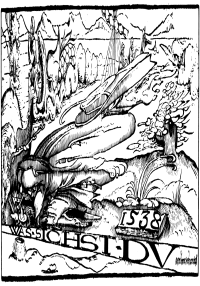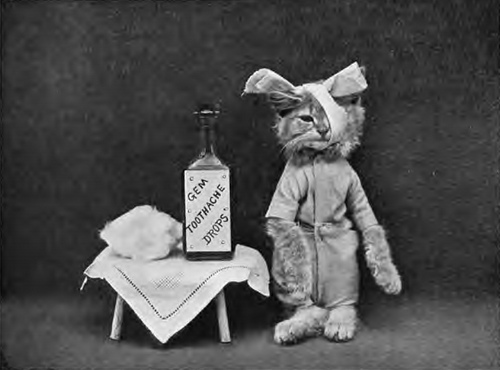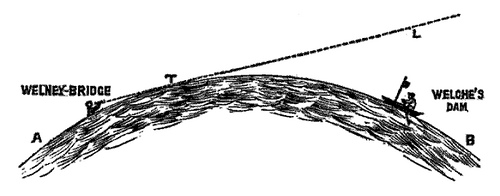“Lines by an Oxford Don,” from the Globe, June 1805:
My brain was filled with rests of thought,
No more by currying wares distraught,
As lazing dreamily I lay
In my Canoodian canay.
Ah me, methought, how leef were swite
If men could neither wreak nor spite;
No erring bloomers, no more slang,
No tungles then to trip the tang!
No more the undergraddering tits
Would exercise their woolish fits
With tidal ales (and false, I wis)
Of my fame-farred tamethesis!
A sentence that makes equal sense when spoonerized: “I must brush my hat, for it is pouring with rain.”
When George S. Kaufman’s daughter told him a friend had eloped from Vassar, he said, “Ah! She put her heart before the course.”




